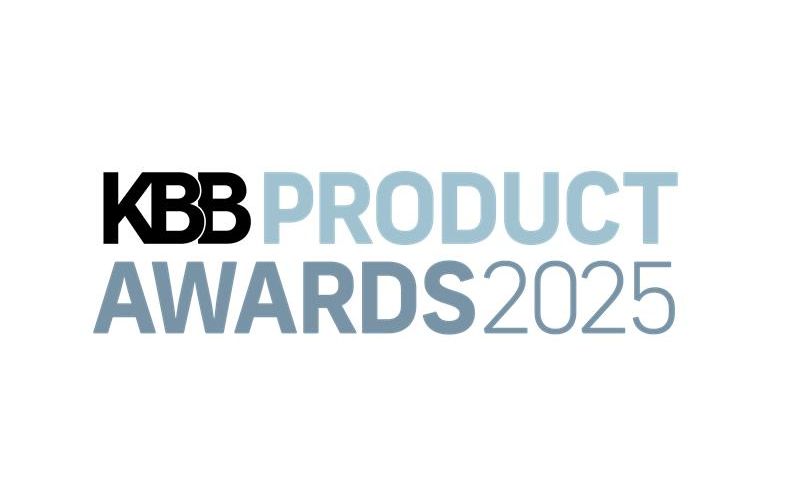By Scott Koehler
When it comes to technology for kitchen and bath businesses, let’s focus on three categories: design applications, business applications and home automation applications. Just 30 years ago, all of these were in start-up mode or didn’t even exist. Personal computers (PCs) launched in the 1980s, and that’s when many kitchen and bath businesses started buying hardware and software. Design applications like Planit and 2020 took off and were everywhere by the 1990s. Things like word processors and spreadsheets changed the way small and medium businesses did business. It wasn’t until 2011, however, that home automation crossed into mainstream, when Nest smart thermostats became an instant hit.
On the Horizon
AutoDesk CAD and IBM PCs both launched in the early 1980s. It was this combination of hardware and software that made CAD design available for mass adoption. Not without challenges, this new tech was cumbersome with first-generation input devices – called graphics tablets – and limited software for specific industries like kitchen and bath. Today we can virtually and instantly input to CAD software with a mobile device, and the images are to scale.
Artificial intelligence in the form of machine learning is driving this input via camera. The common term for this is computer vision. On the horizon is augmented reality CAD design, on site and in real time. This means we will be designing kitchens in our clients’ spaces with them standing beside us, watching us import virtual cabinets and appliances and fit them into the space.
Mainstream business apps in the 1980s included accounting software and word processing, but they were clumsy and relatively expensive. Today, there is amazing off-the-shelf software, and it is cheap and many times free. Many of these tech developments have happened within the last 10 years because of cloud computing.
Cloud computing moves data at very high speeds from anywhere to anywhere in the world with a data center as the interface. The second big advancement in business computing in the past 10 years has been mobile technology. Mobile technology has brought us the ability to research, edit and share on the fly and 24/7. Local networks and servers in closets are no longer necessary. On the horizon is the capability of using voice with sequential commands like: “Hey Siri open Dropbox, and then open the Jones folder, and then open the appliance file and then print the appliance list.”
What’s Next for Smart Home Tech
Today’s smart home technology is about as mature as PCs and AutoDesk were in the 1980s. That’s to say smart home tech is in its infancy. Mainstream smart home devices and software can be cumbersome, not always user friendly, prone to hacking and typically not inter-operational between makers. All of these problems are symptomatic of any start-up, but in addition, the sheer size of the global smart home market has attracted many of the biggest players, and many billions of dollars are being invested every year. A shake out is coming soon!









